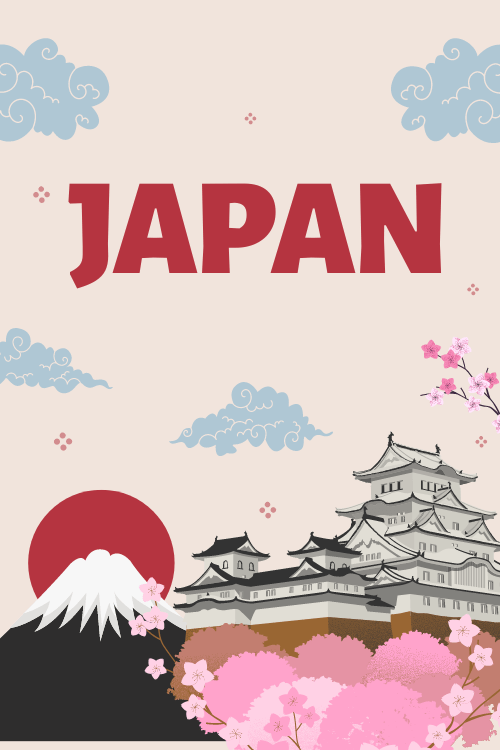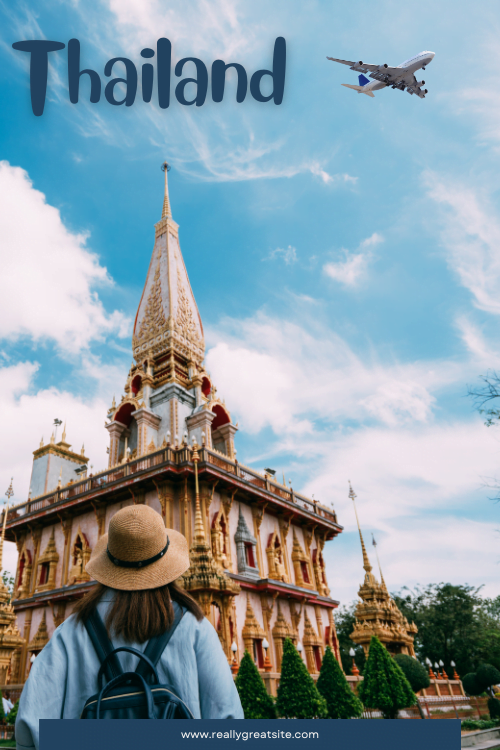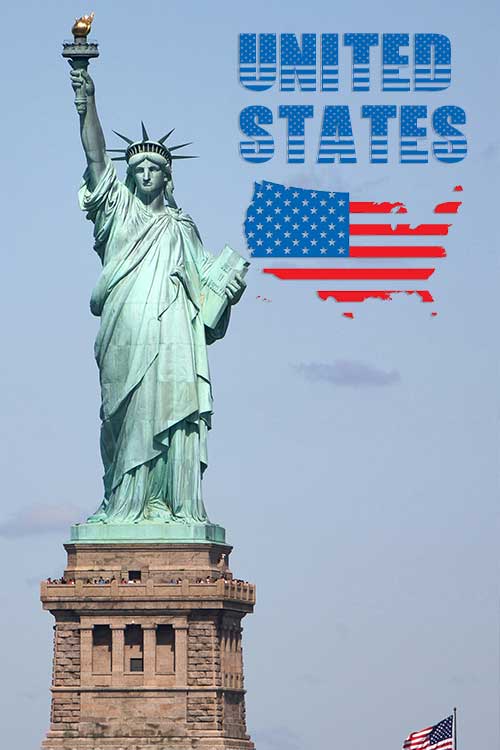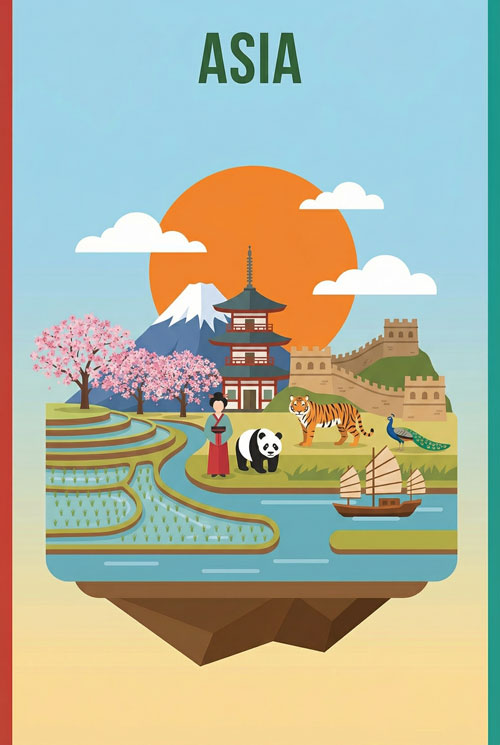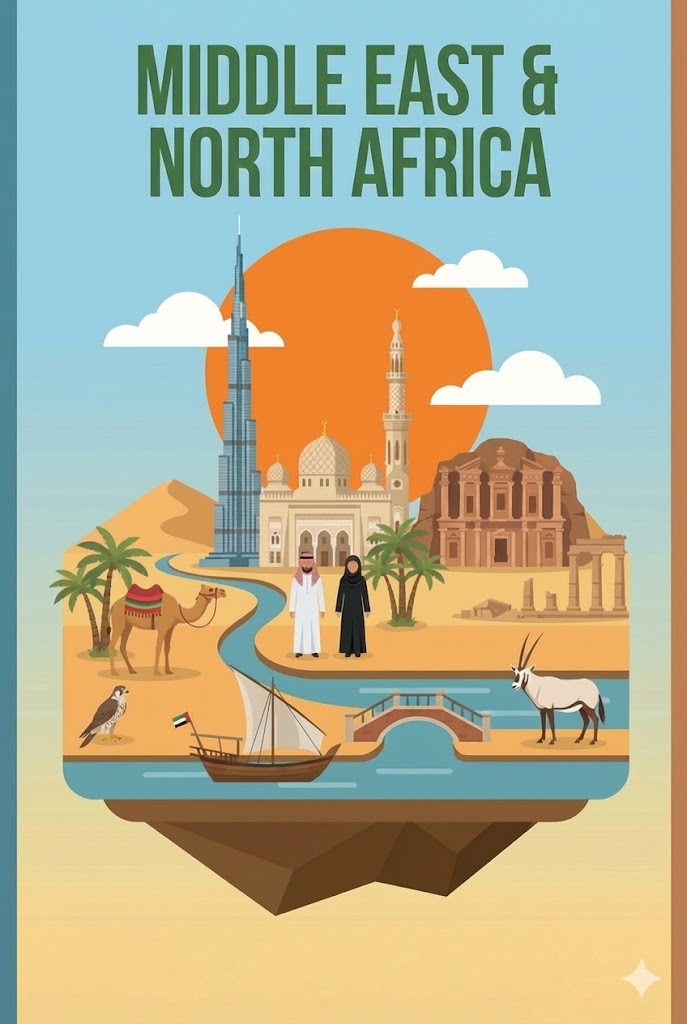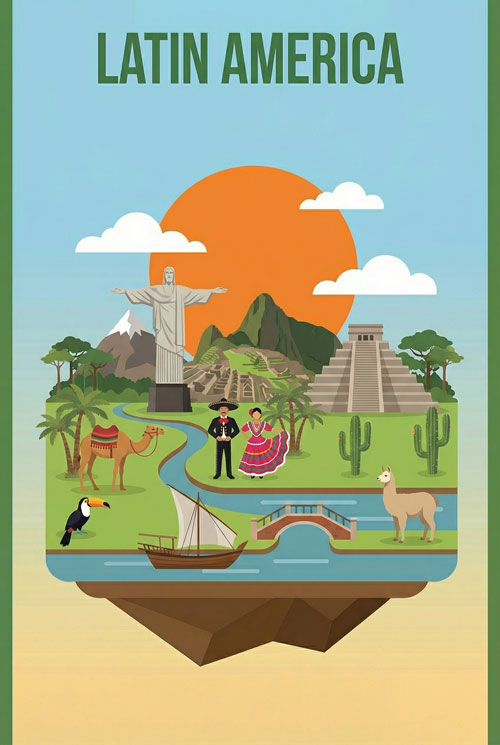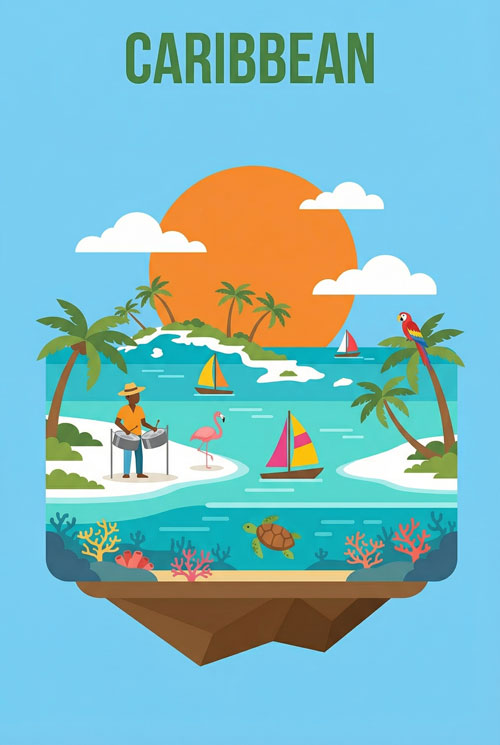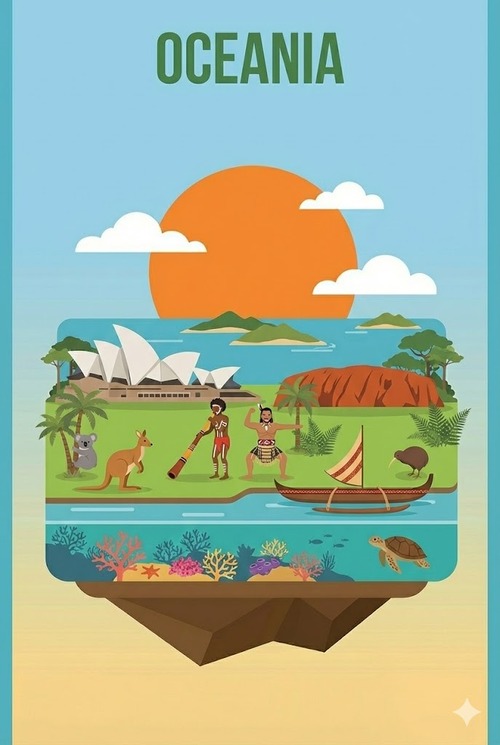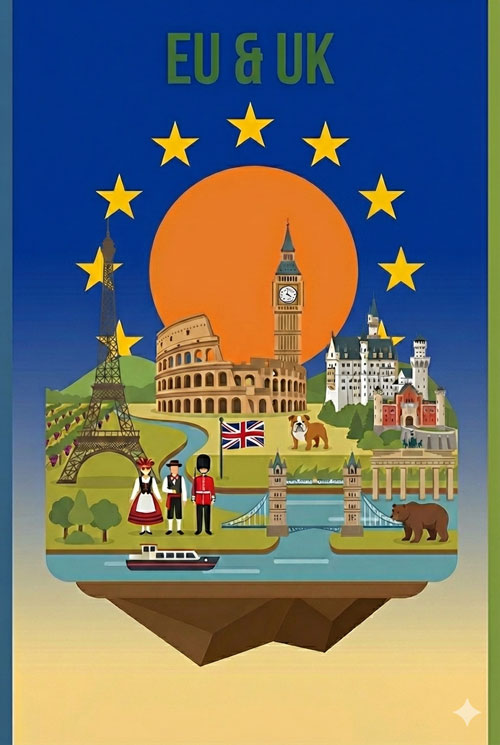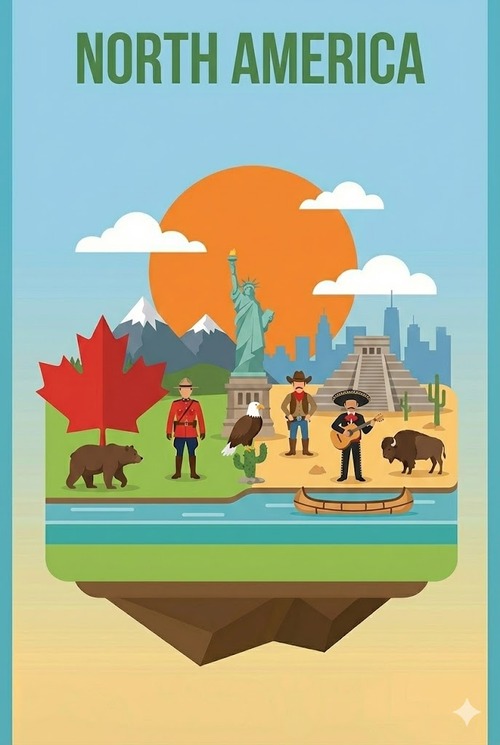eSIM Africa
The Best Time to Visit Kenya: Best Dates, Months, Seasons & More
This comprehensive guide will break down all these factors, month by month, to help you find your ideal travel window.
We’ll explore the nuances of Kenya’s weather, the rhythm of its wildlife, the ebb and flow of crowds, and the secrets to getting the most value for your money. Your unforgettable Kenyan adventure starts now.
Kenya at a Glance: Your Quick Guide to the Best Times to Visit
For those who want the highlights right away, here’s a cheat sheet to help you start planning. This table gives you the quick answers to the most common questions, but be sure to read the detailed breakdowns that follow to understand the “why” behind each recommendation.
| Travel Goal | Best Time to Go | Why It’s Best |
| Epic Wildlife & Safaris | June – October | The long dry season. Vegetation is sparse and animals congregate around water sources, making them easier to spot. |
| The Great Migration River Crossings | Late July – September | This is when the massive herds of wildebeest and zebra are typically in the Masai Mara, attempting the dramatic and perilous crossings of the Mara and Talek Rivers. |
| Budget Travelers | April – May | The heart of the long rainy season. Accommodation and safari prices are at their lowest, and parks are virtually empty. A great option if you don’t mind the rain. |
| Avoiding Crowds | March – May & November | These months fall within the rainy seasons, meaning far fewer tourists. November’s “short rains” are often just afternoon showers, making it a fantastic high-value period. |
| Sun-Drenched Beach Holidays | January – March & September – October | These are the driest and sunniest months on the coast, with hot temperatures and calm, clear seas perfect for swimming and water sports. |
| Hiking Mount Kenya | January – February & September | The driest months offer the clearest skies and best trekking conditions on Africa’s second-highest peak. |
| Most Expensive Months | July, August, Christmas & New Year’s | This is peak season, driven by the Great Migration, Northern Hemisphere summer holidays, and the festive period. Demand is at its highest. |
| Cheapest Months | April & May | The “long rains” deter many visitors, leading to significant discounts on safaris and lodging. |
A Deep Dive into Kenya’s Seasons: A Month-by-Month Breakdown
Kenya doesn’t experience the traditional four seasons of winter, spring, summer, and autumn. Instead, its climate, which lies on the equator, is defined by two dry seasons and two rainy seasons. Understanding the rhythm of these seasons is the key to planning your perfect trip.
The Long Dry Season (June – October): The Classic Safari Experience
This is the quintessential time for a Kenyan safari. The weather is generally cool and dry, wildlife viewing is spectacular, and the world-famous Great Migration takes center stage. It is, without a doubt, the most popular time to visit, which means it’s also the most crowded and expensive period.
June
- Weather: The long rains have subsided, leaving behind a beautifully green landscape that hasn’t yet turned dusty. Days are sunny and mild, with average highs in the Masai Mara around 25°C (77°F) and Nairobi around 24°C (75°F). Evenings and early mornings can be chilly, so pack layers.
- Wildlife & Activities: This is a fantastic month for wildlife viewing. As temporary water sources from the rainy season dry up, animals begin to congregate around permanent rivers and waterholes, making them easier to find. The first whispers of the Great Migration may begin, but the main herds are yet to arrive.
- Prices & Crowds: June is a “shoulder season” month. You get the benefit of the excellent dry season weather but with slightly lower prices and fewer crowds than you’ll find in July and August, making it a high-value time to travel.
July
- Weather: The weather remains temperate and dry, with pleasant daytime temperatures and cool mornings. In the Masai Mara, expect highs of 25°C (77°F) and lows around 12°C (54°F). The coast is also pleasant, though humid.
- Wildlife & Activities: The main event begins. The first massive herds of the Great Migration start to pour into the Masai Mara from Tanzania’s Serengeti, setting the stage for incredible wildlife spectacles. In parks like Tsavo East, large elephant herds are easily spotted near the rivers.
- Prices & Crowds: This marks the start of the absolute peak season. Safari and accommodation prices jump to their highest rates, and availability can be scarce. The parks, especially the Masai Mara, start to get busy.
August
- Weather: August continues the trend of pleasant, dry weather with plenty of sunshine. It’s one of the coolest months, making for comfortable game drives.
- Wildlife & Activities: The Great Migration is in full swing and at its height. This is the best month to witness the dramatic, death-defying river crossings as thousands of wildebeest and zebra face the crocodile-infested waters of the Mara and Talek Rivers. For cultural immersion, the Maralal International Camel Derby, a vibrant and unique festival, takes place in Samburu county this month.
- Prices & Crowds: This is arguably the busiest and most expensive month in Kenya, driven by the migration spectacle and summer holidays in Europe and North America. Expect to share wildlife sightings with numerous other vehicles in the main reserve.
September
- Weather: The dry weather continues, though temperatures begin to slowly rise. Expect highs in the Mara to reach around 26°C (79°F). It’s mostly sunny with very little rainfall.
- Wildlife & Activities: The migration action continues in the Masai Mara, with herds spread across the plains. Game viewing remains excellent not just in the Mara but throughout all of Kenya’s parks. This is also a great month for a beach holiday, as the coastal weather is superb.
- Prices & Crowds: Peak season prices and crowd levels persist through September. It’s essential to book flights and accommodation well in advance.
October
- Weather: Temperatures continue to climb, and it can become quite hot and dusty, especially in the northern parks like Samburu. The first sprinkles of the upcoming short rains might appear towards the end of the month.
- Wildlife & Activities: The migratory herds typically begin their long journey south back to the Serengeti, but there’s still plenty of action. Kenya’s resident wildlife population is immense, and with water sources at their lowest, animals are highly concentrated and easy to spot. For bird lovers, migratory species from the northern hemisphere begin to arrive.
- Prices & Crowds: As the migration winds down, October often transitions into a shoulder season. You may find slightly lower prices and fewer crowds than in the preceding months, offering a good balance of excellent game viewing and better value.
The Short Rains (November – December): The “Green” Shoulder Season
This period is a well-kept secret for savvy travelers. The landscape, refreshed by short and often predictable afternoon showers, transforms into a lush, green paradise. It’s a phenomenal time for photography and birdwatching, all with the benefits of fewer tourists and lower costs.
November
- Weather: The “short rains” begin, characterized by afternoon thunderstorms that are usually brief and rarely disrupt travel plans. The dust settles, and the landscape becomes incredibly vibrant. In Nairobi, expect highs of 24°C (75°F) with higher humidity.
- Wildlife & Activities: This is a spectacular time for birdwatching, as resident birds are in their breeding plumage and migratory birds from Europe and Asia arrive in droves. While some camps on the Laikipia Plateau may close, most parks remain open and accessible. Culturally, the Lamu Cultural Festival is a must-see, celebrating Swahili heritage with dhow races, music, and food.
- Prices & Crowds: This is a low season month. Prices for safaris and lodges drop significantly, and the parks are wonderfully uncrowded. It’s one of the best value-for-money months to visit Kenya.
December
- Weather: The rains typically subside by the middle of the month, leading to increasingly sunny and dry days, though an occasional shower is still possible.
- Wildlife & Activities: The plains are green and teeming with life. It’s a calving season for many species, so you’ll see plenty of adorable newborn animals, which in turn attracts predator activity. Birding remains excellent. On the coast, it’s a time for national celebrations like Jamhuri Day (December 12).
- Prices & Crowds: The first half of December continues the low-season trend with great prices and few people. However, from around the third week, prices skyrocket for the Christmas and New Year holiday period, and it can get very busy.
The Short Dry Season (January – February): The Hot & Sunny Peak
Following the short rains, this two-month dry spell is another fantastic time to visit Kenya. It’s characterized by hot, sunny weather, making it ideal for a “surf and turf” holiday combining a classic safari with a relaxing beach escape. It’s considered a second high season, attracting visitors fleeing the cold northern winter.
January
- Weather: Hot and dry weather prevails across the country. In the Masai Mara, average highs are around 26°C (79°F), while the coast is hot and humid. The parks are beautifully green from the recent rains, creating stunning photographic backdrops.
- Wildlife & Activities: Game viewing is excellent. In the Masai Mara, this is part of the “Lion Season,” as predators take advantage of the abundance of young animals born during the short rains. It’s a great time for beach holidays in destinations like Diani and Lamu.
- Prices & Crowds: After the New Year’s peak, prices settle into a high season rate. It’s a popular month, so booking in advance is recommended, but it’s generally less crowded than the July-August peak.
February
- Weather: Typically the hottest and driest month of the year, with long sunny days and very little rain. The central highlands are warm, and the coast is very hot and humid, with the clearest sea conditions.
- Wildlife & Activities: The dry conditions make this a prime month for spotting wildlife, as animals congregate at the few remaining water sources. It’s the absolute best time to hike Mount Kenya, with clear skies offering spectacular views. In Amboseli National Park, the dry weather provides unobscured views of Mount Kilimanjaro.
- Prices & Crowds: High season conditions continue, with strong demand from international visitors. It’s a busy time, especially in the most popular parks like Amboseli and the Masai Mara.
The Long Rains (March – May): The Emerald Season for Photographers & Budget Travelers
This is Kenya’s main rainy season, also known as the “green” or “emerald” season. It’s the wettest, cheapest, and quietest time to visit. While the weather can be a challenge, it offers unique rewards for the adventurous, the budget-conscious, and the keen photographer.
March
- Weather: A month of transition. The first half is often still hot and dry, but the humidity builds until the “long rains” begin, typically in the second half of the month. Expect frequent and heavy afternoon thunderstorms.
- Wildlife & Activities: Game viewing can still be good in early March before the rains intensify. Once the rains start, wildlife disperses. However, it can be a great time for a coastal trip, as the rain is less persistent there, and you can enjoy lower prices before the peak wet season hits.
- Prices & Crowds: Prices are low, offering excellent value, especially if you travel in the first two weeks. Crowds are virtually non-existent.
April
- Weather: This is the wettest month of the year in Kenya, with the highest rainfall and humidity. Heavy, prolonged downpours are common, and skies are often overcast.
- Wildlife & Activities: The rain can make game drives challenging, with many roads in parks becoming muddy and impassable. As a result, some lodges and camps, particularly in high-rainfall areas like the Aberdares and Laikipia, close for maintenance. For photographers, however, this is a dream season. The landscapes are intensely lush and green, the skies are dramatic and moody, and there is no dust to obscure your shots.
- Prices & Crowds: This is the absolute cheapest time to travel to Kenya. You’ll find the best deals of the year and have the parks almost entirely to yourself.
May
- Weather: The long rains continue through May but begin to ease up towards the end of the month. The landscape remains a stunning emerald green.
- Wildlife & Activities: Wildlife is still dispersed due to the abundance of water and food, making sightings more of a challenge. However, it can be a good time to spot newborn animals in places like Mount Kenya National Park. With thin crowds, it’s an excellent opportunity for cultural experiences and getting to know the locals.
- Prices & Crowds: Low season prices and minimal crowds continue through May, making it a fantastic option for travelers prioritizing budget and solitude over guaranteed sunshine.
Planning Your Trip by Travel Style & Interest
Now that you have a sense of the monthly rhythm, let’s tailor the best time to visit based on your specific interests.
For the Wildlife Enthusiast: Beyond the Big Five
- The Great Wildebeest Migration: This is nature’s greatest spectacle. While the migration is a continuous, year-round circular journey through Tanzania and Kenya, the most famous part—the Masai Mara chapter—happens during a specific window. The herds typically arrive in the Mara from the Serengeti in late July, with the action peaking in August and September when the dramatic river crossings are most frequent. By October, the herds usually begin their return journey south.
- The Calving Season: While the main wildebeest calving occurs in Tanzania’s Southern Serengeti (February-March), Kenya experiences its own baby boom. The period from December to March, following the short rains, is a fantastic time to see newborn impalas, zebras, and other herbivores. This abundance of vulnerable prey also means it’s a very active time for predators, making for thrilling game viewing.
- Prime Birdwatching: Kenya is a birder’s paradise. The best time for birdwatching is during the rainy seasons, from November to May. During these months, the resident birds are in their vibrant breeding plumage, and they are joined by hundreds of migratory species escaping the winter in Europe and Asia.
For the Budget Traveler: Maximizing Value
Traveling to Kenya on a budget is absolutely possible if you time it right. The key is to avoid the peak seasons when demand drives prices up.
- The Low/Green Season (April-May): This is, without question, the cheapest time to go on safari in Kenya. With the long rains deterring many tourists, lodges and tour operators offer significant discounts, sometimes up to 60% less than peak season rates.
The trade-off is the weather—you must be prepared for rain and potential travel disruptions. But the rewards are immense: rock-bottom prices, lush, beautiful scenery, and a feeling of having this incredible country all to yourself. - The Shoulder Seasons (November, March, June): These months represent the sweet spot for value. You’ll find a fantastic balance of good weather, excellent wildlife viewing, fewer people, and more attractive pricing. November, with its short, refreshing rains and vibrant landscapes, is a particularly brilliant choice.
A crucial money-saving strategy has emerged with the 2024 park fee adjustments in the Masai Mara. Fees are now $100 (+tax) from January to June but double to $200 (+tax) from July to December. This means shifting a trip from the first week of July to the last week of June could save a couple over $200 per day on park fees alone, in addition to lower accommodation costs.
For the Beach Lover: Sun, Sand, and the Swahili Coast
Kenya’s Indian Ocean coast is a tropical paradise, but its climate is distinct from the inland safari regions. It’s generally hot and humid all year, with average daily temperatures in Mombasa hovering around 27-28°C (81-82°F).
- Best Months: The prime time for a beach holiday is during the two dry seasons: January to March and September to October. These months offer the most sunshine (8-9 hours per day), the least rain, and the calmest seas, making them perfect for swimming, snorkeling, and diving.
- Months to Reconsider: The main coastal rainy season is from April to May, when rainfall is heaviest and most frequent. Additionally, from May to September, the stronger Kuzi monsoon wind blows from the southeast. This can result in choppier seas and seaweed being washed up on some beaches, which might restrict snorkeling and diving activities.
For the Culture Vulture: A Calendar of Kenyan Festivals
To truly connect with Kenya, consider timing your visit to coincide with one of its vibrant cultural festivals.
- Lamu Cultural Festival (November): Held in the UNESCO World Heritage site of Lamu Old Town, this three-day festival is a dazzling celebration of Swahili culture. The narrow stone streets come alive with parades, traditional music, and dancing. Highlights include thrilling dhow sailing races, quirky donkey races, poetry readings, and the chance to sample delicious Swahili cuisine like biryani and fresh seafood.
- Maralal International Camel Derby (August): For a truly unique and off-the-beaten-path experience, head to the dusty northern town of Maralal. This festival is centered around a chaotic and hilarious camel race, open to both professionals and amateurs. But it’s much more than a race; it’s a vibrant gathering of Samburu, Turkana, and Rendille peoples, showcasing their incredible traditional dress, songs, and dances.
- National Holidays: Keep an eye on the calendar for Mashujaa Day (Heroes’ Day) on October 20 and Jamhuri Day (Republic Day) on December 12. These are major national holidays marked by parades, speeches, and patriotic celebrations, which can be interesting to witness but may also mean some businesses are closed.
The Traveler’s Dilemma: Decoding Price vs. Crowds
The central decision for many travelers planning a trip to Kenya involves a trade-off. The most spectacular wildlife events, particularly the Great Migration, occur during the peak season, which also brings the highest prices and the biggest crowds. Understanding this dynamic is key to choosing the right time for you.
An analysis of safari costs reveals a stark difference between seasons. A budget camping safari might cost as little as $220 per person per day in the low season, jumping to over $330 in the high season.
Mid-range lodge safaris can range from $350-$600, while luxury options can easily exceed $1,500 per person per night during the peak months. These costs can be 30-60% lower during the low season (April-May).
Crowd levels follow the same pattern. “Crowded” in the Masai Mara during August can mean dozens of safari vehicles surrounding a single lion or cheetah sighting, which can detract from the wilderness experience for some.
In contrast, visiting in April or November might mean you have incredible sightings all to yourself. For those who want the peak season experience but with more exclusivity, staying in one of the private conservancies bordering the main Masai Mara Reserve is an excellent strategy.
These conservancies have stricter limits on vehicle numbers, offering a more intimate experience, albeit at a premium price.
This table synthesizes these factors to help you make an informed choice:
| Season (Months) | Avg. Safari Cost | Crowd Level | Weather | Key Highlights & Experience |
| Peak Season (July – Sep) | $$$$ | Very High | Cool & Dry | The Great Migration river crossings; prime wildlife viewing; can feel crowded; book far in advance. |
| High Season (Jan – Feb, Dec Holidays) | $$$ | High | Hot & Dry | Excellent all-around wildlife & beach weather; calving season; popular escape from northern winter. |
| Shoulder Season (June, Oct – Nov) | $$ | Moderate | Pleasant / Short Rains | Great value; excellent game viewing; lush scenery in Nov; fewer crowds than peak season. |
| Low Season (March – May) | $ | Low | Long Rains | Absolute lowest prices; no crowds; dramatic, green landscapes for photography; some camp closures. |
Stay Connected in Kenya with an eSIM from eSIM4.com
In today’s world, staying connected is no longer a luxury—it’s essential. From the moment you land in Nairobi, you’ll want data to call an Uber, pull up your hotel booking, or let family know you’ve arrived safely. But navigating connectivity in a new country can be a headache.
You could rely on your home provider’s international roaming, but this often leads to “bill shock” from unexpectedly high fees. The other option is to buy a local physical SIM card.
This involves finding a provider kiosk at the airport (which may have limited hours), waiting in line, and going through a registration process that requires your passport and can be time-consuming.
While Kenya’s mobile network is quite good, with providers like Safaricom offering reliable 4G and even 5G coverage in cities, getting connected can be a hassle you don’t need after a long flight.
With an eSIM from eSIM.com, you can solve this problem before you even pack your bags. An eSIM is a digital SIM that allows you to activate a cellular plan without a physical card. Simply purchase and download a data plan for Kenya from our website.
The moment your plane touches down, you can activate your plan and be online instantly. No more airport SIM queues, no more fumbling with tiny plastic cards, and absolutely no surprise roaming charges. You get access to reliable local networks, ensuring you have the data you need for your entire adventure, from the bustling streets of Nairobi to the remote savannas of the Masai Mara.
Check out eSIM.com for affordable, reliable data plans for your trip to Kenya.

